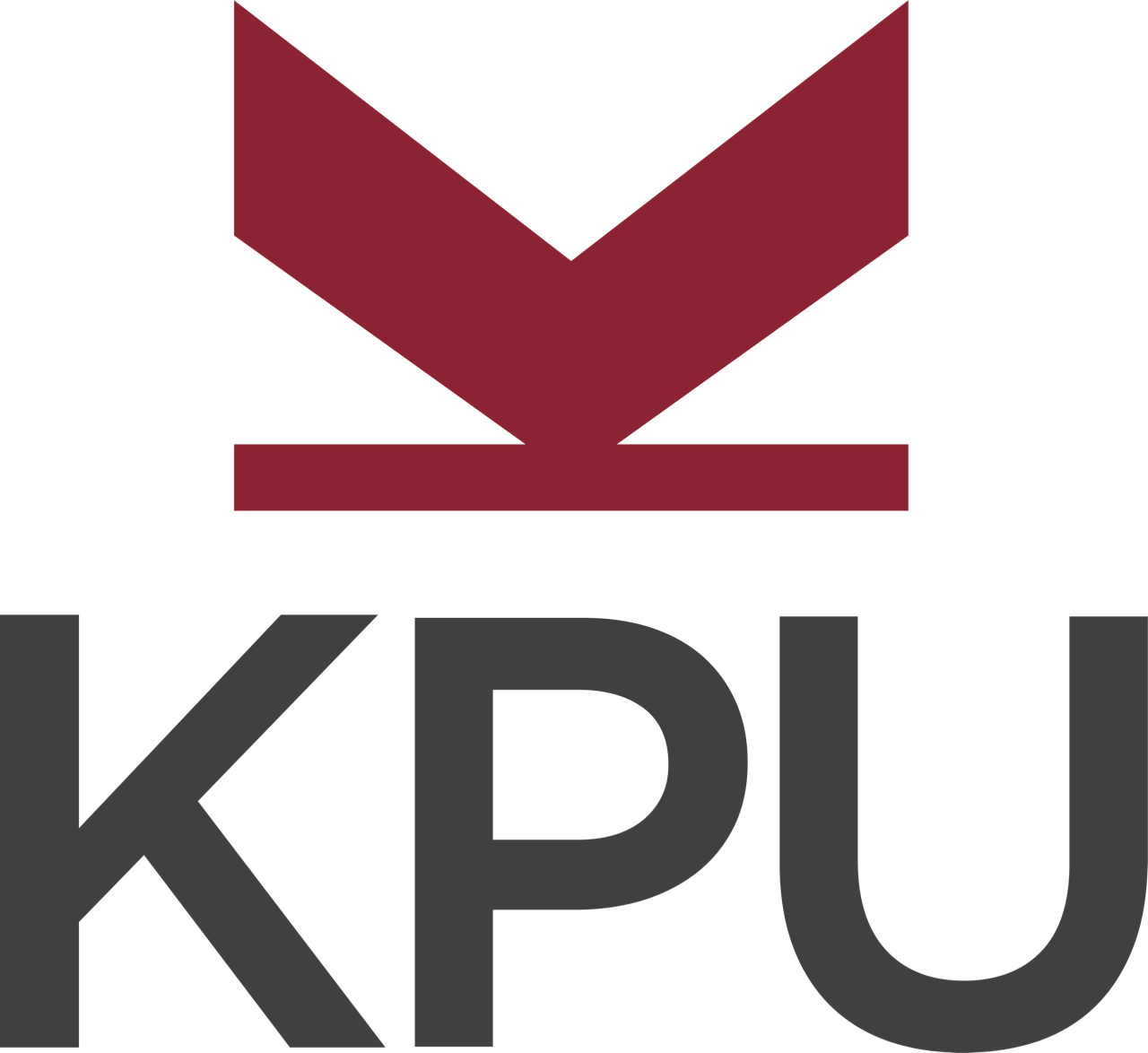Book Title: Introduction to Marketing

Download this book
Book Description: Introduction to Marketing teaches the experience and process of actually doing marketing - not just the vocabulary. It carries five dominant themes throughout in order to expose students to marketing in today's environment: Service dominant logic, sustainability, ethics and social responsibility, global coverage, and metrics.
Contents
Book Information
Book Source
This book is a cloned version of Principles of Marketing by [Author removed at request of original publisher], published using Pressbooks by University of Minnesota Libraries Publishing edition, 2015. This edition adapted from a work originally produced in 2010 by a publisher who has requested that it not receive attribution. under a CC BY-NC-SA (Attribution NonCommercial ShareAlike) license. It may differ from the original.
License
Introduction to Marketing Copyright © 2024 by Pamela Ip is licensed under a Creative Commons Attribution-NonCommercial-ShareAlike 4.0 International License, except where otherwise noted.
Subject
Sales and marketing

